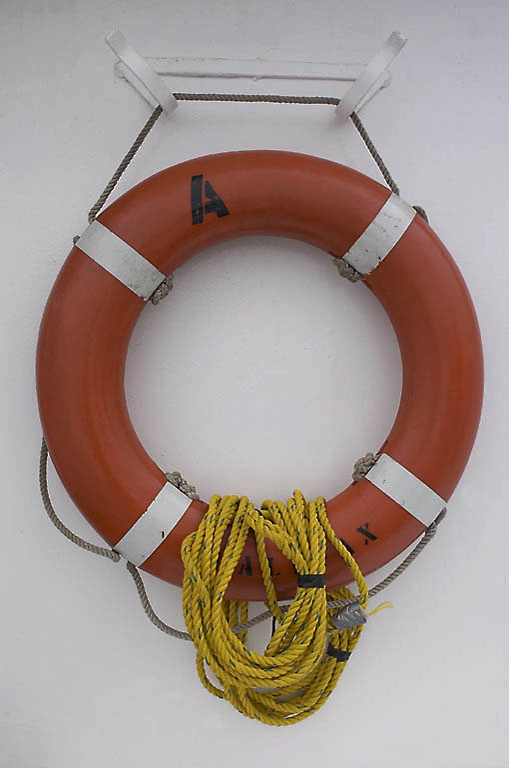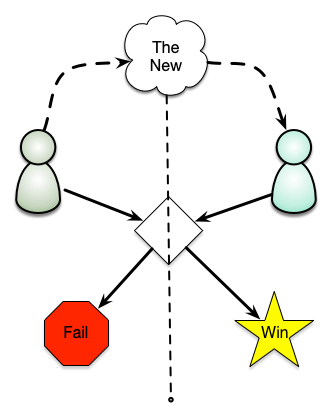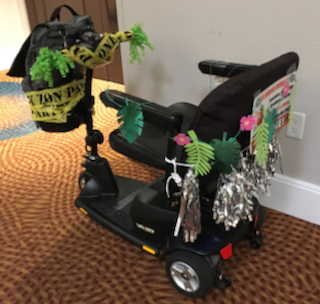 As I reflect further on the improved surprise model, I realize there’s one thing I missed. The model gives a motivation for learning, and an implication for design. But there’s one thing more in the model, and one more implication for design. And this has to do with safety.
As I reflect further on the improved surprise model, I realize there’s one thing I missed. The model gives a motivation for learning, and an implication for design. But there’s one thing more in the model, and one more implication for design. And this has to do with safety.
So, first, the initial model says that we learn to minimize surprise. We’re driven to remove the mismatch between what we expect and what occurs. This could lead to a desire to do nothing, or as little as possible, but a further elaboration says we also want to maximize outcomes. Thus, we won’t just sit around, but explore.
That means that helping learners know 2 things: that they want to know this (it’s to optimize what they care about), and that they don’t know it (the gap they have to minimize). If we do that, they’re ready to learn. But there’s one more thing.
We won’t explore other alternatives to see if they’re a better solution if the consequences are high. We’ll only explore if the cost of this exploration isn’t higher than the benefits we gain if it’s better. So that one other things is safety. If it isn’t safe, we’ll stick with the known solution.
Which means that we need to make it safe to explore in our learning. And, that includes both formal learning and informal. Mistakes in learning must be expected and accepted. In formal learning, mistakes are learning opportunities. Have alternatives that represent reliable ways folks go wrong, and it’s ok if they choose those because you have feedback specifically for that selection. And informally, mistakes (not the same ones, or obvious ones, there’s accountability too) are fine when the lesson’s learned.
Understanding how, and why, we learn is critical to optimizing learning. And I think that’s a valuable goal. It’s too important to leave to chance, or old habits. It’s time to be alert to what we know, and put it into practice.


